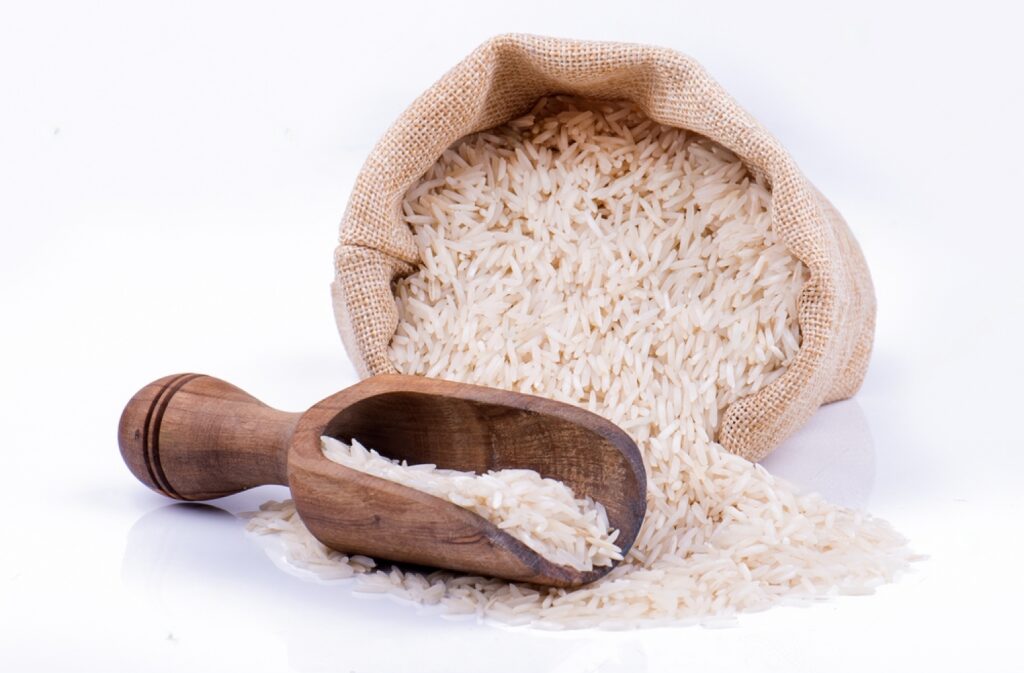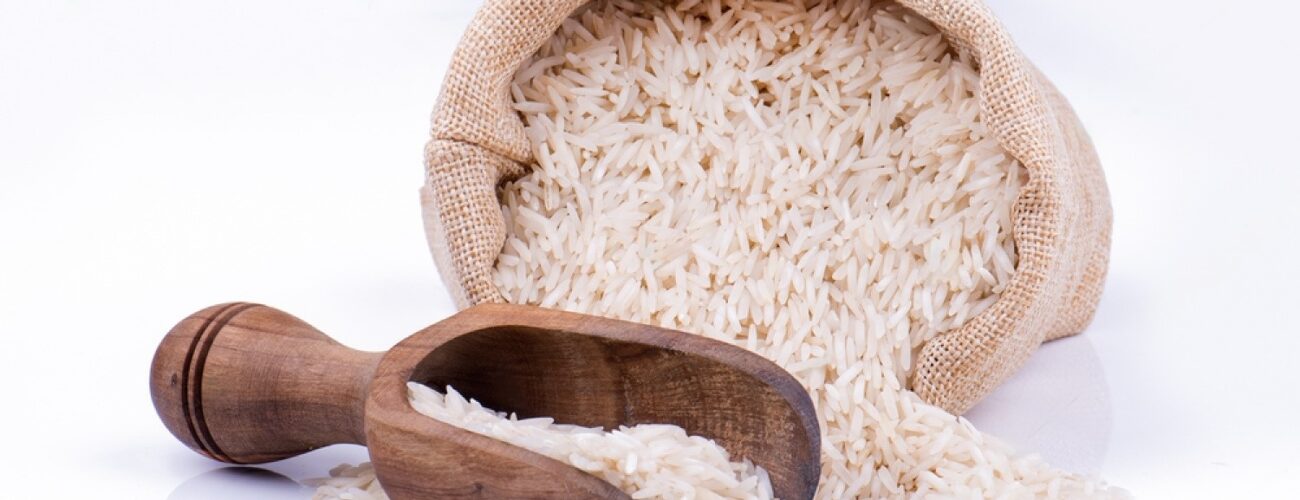
Introduction:
When it comes to rice varieties, few can match the exquisite flavor, aroma, and delicate texture of Basmati rice. Known as the “queen of fragrance” or “the fragrant one,” Basmati rice has captured the hearts and palates of people around the world. With its long, slender grains and captivating scent, Basmati rice stands as a true epitome of culinary excellence. In this blog, we will delve into the fascinating journey of Basmati rice, exploring its origins, unique characteristics, cultural significance, and culinary delights.
Origins and Geography:
Basmati rice finds its roots in the fertile lands of the Indian subcontinent, particularly in the regions of Northern India and Pakistan. The word “Basmati” itself is derived from the Sanskrit words “bas” meaning “aroma” and “mati” meaning “full of.” The favorable combination of climate, soil, and water in these regions contributes to the growth of this remarkable rice variety.
Distinctive Characteristics:
What sets Basmati rice apart from other rice varieties is its exceptional aroma and elongated grains. The grains are slender and have a distinct curvature, which further adds to their elegance. When cooked, Basmati rice expands in length, resulting in a light and fluffy texture. The delightful aroma of Basmati rice is often described as nutty or popcorn-like, enticing anyone in its vicinity.
Cultural Significance:
Basmati rice holds a significant place in the culinary traditions and cultures of the Indian subcontinent. It has been a staple in festive celebrations, royal feasts, and special occasions for centuries. In Indian mythology, Basmati rice is considered a sacred offering to the gods and is associated with auspiciousness and abundance.
Culinary Delights:
The culinary applications of Basmati rice are vast and diverse. It serves as the perfect accompaniment to a wide range of dishes, such as curries, biryanis, and pilafs. The fluffy texture and delicate flavor of Basmati rice make it an ideal choice for absorbing the rich flavors of spices and other ingredients, resulting in a harmonious and satisfying culinary experience.
Health Benefits:
Apart from its exceptional taste, Basmati rice offers several health benefits. It is a low to medium glycemic index food, which means it provides a slow and sustained release of energy, making it suitable for individuals managing their blood sugar levels. Basmati rice is also low in fat and cholesterol, making it a heart-healthy choice. Additionally, it contains essential nutrients like fiber, vitamins, and minerals, contributing to overall well-being.
Preservation and Conservation:
The preservation and conservation of Basmati rice are crucial to maintain its quality and unique characteristics. Various organizations and geographical indications have been established to protect the authenticity and integrity of Basmati rice production. These initiatives ensure that the traditional methods of cultivation, processing, and packaging are preserved, allowing consumers to enjoy the true essence of Basmati rice.
Conclusion:
Basmati rice, with its captivating aroma, delicate texture, and remarkable flavor, has secured its place as a culinary treasure cherished by people worldwide. Its journey from the lush fields of the Indian subcontinent to kitchen tables across the globe is a testament to its timeless appeal. Whether it’s a special occasion or a regular meal, Basmati rice brings an element of sophistication and indulgence to every dish it graces. So, the next time you savor a plate of aromatic Basmati rice, take a moment to appreciate the rich history and cultural significance encapsulated within each grain.

